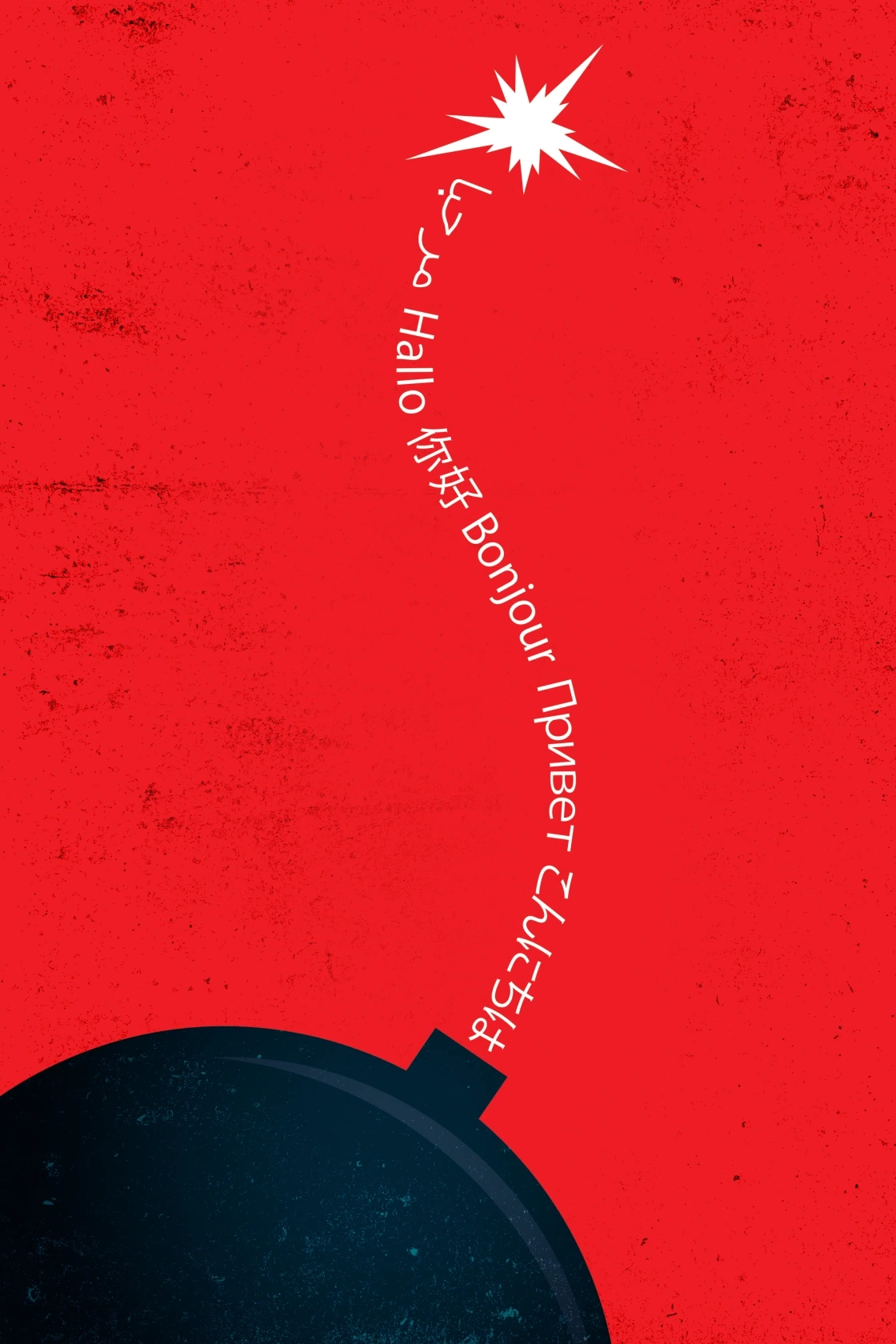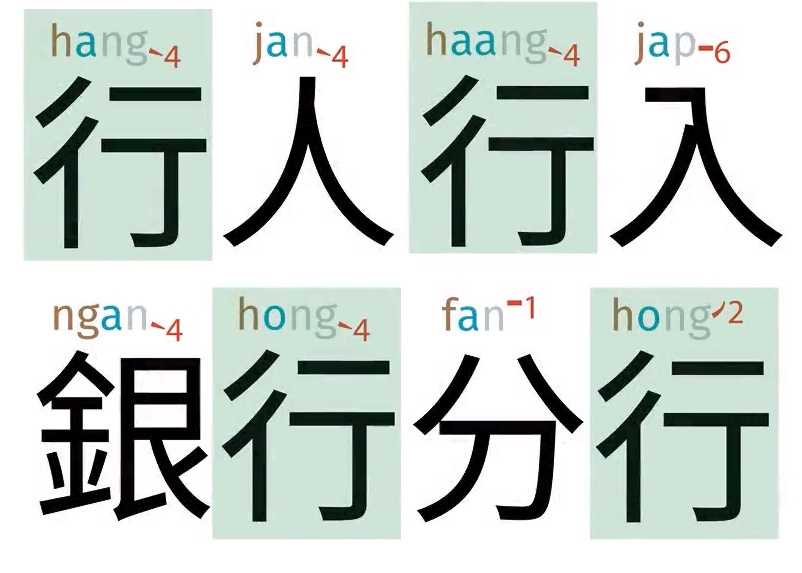Central Asian Turkish languages
I write to announce an exceptional opportunity to learn the Turkish languages of Central Asia.
Read the rest of this entry »
I write to announce an exceptional opportunity to learn the Turkish languages of Central Asia.
Read the rest of this entry »
Anemona Hartocollis, "Slashing Its Budget, West Virginia University Asks, What Is Essential?", NYT 8/18/2023:

The state’s flagship school will no longer teach world languages or creative writing — a sign, its president says, of the future at many public universities.
Christian Adams wants to be an immigration or labor lawyer, so he planned to major in Chinese studies at West Virginia University, with an emphasis on the Mandarin language.
But as his sophomore year begins, he has learned that, as part of a plan to close a $45 million budget deficit through faculty layoffs and academic program consolidation, the university has proposed eliminating its world languages department, gutting his major.
He will have to pivot to accounting, he says, and probably spend an extra year in college, taking out more student loans.
“A lot of students are really worried,” said Mr. Adams, 18. “Some are considering transferring. But a lot of students are stuck with the hand they’ve been given.”
Read the rest of this entry »
From M. Paul Shore:
Article that appeared on the Washington Post website this morning (and is therefore likely to appear in tomorrow's print edition) about the recently proposed demise of, among other things, the Department of World Languages, Literatures and Linguistics at West Virginia University's flagship Morgantown campus (note that that department name really should be something like "Department of World Languages and Literatures and of Linguistics", since "World" doesn't really apply to "Linguistics"):
Recently proposed demise of languages, linguistics at WVU (Morgantown)
WVU’s plan to cut foreign languages, other programs draws disbelief
Academic overhaul at West Virginia University, in response to budget deficit, outrages faculty and students
Nick Anderson , WP (8/18/23)
A proposal from West Virginia University would discontinue 32 of the university’s 338 majors on its Morgantown campus and eliminate 7 percent of its faculty. As of 6:30 PM, the article had attracted more than 900 comments, which I'm fairly sure is well above average for the Post website. By 11 PM, it had garnered 1,400 comments.
Read the rest of this entry »
Taiwanese may be fading in Taiwan (see "Selected Readings" below; except for foreign diplomats and the like!), but in France it is thriving:
"Language of our own: Fun Taiwanese classes gain popularity in France"
By Tseng Ting-hsuan and James Lo, Focus Taiwan (8/10/2023)
In a classroom in Paris, Taiwan's top envoy to France François Wu (吳志中) was serenaded with ballads from his homeland, sung not in French or Mandarin, but in Taiwanese Hoklo.
For approximately two hours, the University of Languages and Civilizations (Institut National des Langues et Civilisations Orientales, INALCO) classroom was filled with the sounds of French students trying their hand at performing songs in Taiwan's version of the Southern Min dialect.
Read the rest of this entry »
People, including serious linguists, are beginning to wonder:
John McWhorter, "Are translation apps making the learning of foreign languages obsolete?", NYT 7/25/2023
I remember a time, not too long ago, when John was making a serious effort to learn Mandarin, because he often asked me cogent questions about the language and wanted to know the best methods for learning it.
…
What we can learn from the Tower of Babel
In Europe, nine out of 10 students study a foreign language. In the United States, only one in five do. Between 1997 and 2008, the number of American middle schools offering foreign languages dropped from 75 percent to 58 percent. Between 2009 and 2013, one American college closed its foreign language program; between 2013 and 2017, 651 others did the same.
At first glance, these statistics look like a tragedy. But I am starting to harbor the odd opinion that maybe they are not. What is changing my mind is technology.
Read the rest of this entry »
This short video claims that these two men speak perfect Korean with a Pyeongyang accent.
Read the rest of this entry »
Or, to put it another way, in the words of Douglas Hofstadter,
Learn a Foreign Language Before It’s Too Late
AI translators may seem wondrous but they also erode a major part of what it is to be human.
The Atlantic (7/13/23)
Hofstadter recounts how he spent years of painstaking, hard labor learning more than half a dozen foreign languages, though he never came close to mastering any of them except French and Italian.
But today we have Google Translate. Today we have DeepL. Today we have ChatGPT—and so on. There’s no need for me to list all the powerful technologies that allow anyone today—a monolingual American, say, who has never devoted a single moment to learning, say, Chinese—to write fluent passages in Chinese. Today it’s a piece of cake to send an email in a tongue you don’t know a word of. You just click on “Translate” and presto! There it is! Or at least, there it is, in a certain sense. Assuming that there are no egregious translational blunders (which there often still are), what you are sending off is slick but soulless text.
Read the rest of this entry »
I promised that I would tell the story of how five old, white men persuaded me to begin the study of Asian languages two years after I was out of college. Here it is.
When I graduated from Dartmouth in 1965, I joined the Peace Corps for two years in Nepal. Although I contracted fifteen diseases, some quite serious, lost fifty pounds, and had three nearly deadly trail accidents, the experience was transformative.
I was an English major in college and wrote an undergraduate thesis on Chaucer's "Troilus and Criseyde". At the end of my Peace Corps service, I still wanted to study for a PhD on Chaucer. So, among other applications to graduate school and for funding, I applied for a Woodrow Wilson fellowship. In those days (1967), that was a very prestigious prize.
Read the rest of this entry »
As I am about to deliver a keynote address to an international conference on Chinese language pedagogy, I receive news of this new LLM that knocks my socks off:
InternLM is a multilingual large language model jointly developed by Shanghai AI Lab and SenseTime (with equal contribution), in collaboration with the Chinese University of Hong Kong, Fudan University, and Shanghai Jiaotong University.
Technical report: [PDF]
Note: Please right click the link above to directly download the PDF file.
We present InternLM, a multilingual foundational language model with 104B parameters. InternLM is pre-trained on a large corpora with 1.6T tokens with a multi-phase progressive process, and then fine-tuned to align with human preferences. We also developed a training system called Uniscale-LLM for efficient large language model training. The evaluation on a number of benchmarks shows that InternLM achieves state-of-the-art performance in multiple aspects, including knowledge understanding, reading comprehension, mathematics, and coding. With such well-rounded capabilities, InternLM achieves outstanding performances on comprehensive exams, including MMLU, AGIEval, C-Eval and GAOKAO-Bench, without resorting to external tools. On these benchmarks, InternLM not only significantly outperforms open-source models, but also obtains superior performance compared to ChatGPT. Also, InternLM demonstrates excellent capability of understanding Chinese language and Chinese culture, which makes it a suitable foundation model to support Chinese-oriented language applications. This manuscript gives a detailed study of our results, with benchmarks and examples across a diverse set of knowledge domains and tasks.
Read the rest of this entry »
As we have pointed out countless times on Language Log, if one wishes to learn a Sinitic language, one can concentrate on the characters (writing system), one can rely exclusively on romanization or other phoneticization, or one can devise various means for combining the two approaches. Here is a clever, fun method for learning Cantonese that tackles the problem head on.
Hongkonger creates colourful Cantonese font to foster language learning
Jon Chui’s new font shows coloured, context-sensitive jyutping for Chinese text. He created it as his partner “had a hard time with the tones” when learning Cantonese.
Mandy Cheng, Hong Kong Free Press (5/16/23)
Jon Chui "has created a new Cantonese font, which combines over 8,000 characters with colourful, Romanised pronunciation guides in order to foster language learning and teaching."

Cantonese Font. Photo: Jon Chiu.
Read the rest of this entry »
Registration is open for Artificial Intelligence in Language Education
Read the rest of this entry »
Two years ago, during the middle of lockdown when we had to teach all of our courses via zoom, one student was conspicuously superior to all the other dozen or so students in my first-year Literary Sinitic / Classical Chinese (LS/CC) class. She was clearly an innately smart student, but in addition she seemed to possess a special knack for grasping the grammar, structure, and meaning of the texts we read day after day. When it came to parsing a particularly difficult passage, she was consistently the one who could figure it out fastest and most accurately. I had no idea to what particular talent or prior training her excellence could be attributed.
I should mention that this student was from China, as were two-thirds of the others. Only one-third of the class were from other countries. I should note, parenthetically, that by and large the more languages a student knows well when he or she takes LS/CC, the better she or he tends to perform in my class. For example, one of the best students in recent years was a Mexican whose native tongue is Spanish and who is advanced in Korean. I let him pronounce the texts in Korean.
Read the rest of this entry »
The following note and video were sent to me by Bill Benzon. The video is too long (19:15) to make as the main content of this post, but it is captivating, and I warmly recommend it to anyone who is interested in the topics it covers, especially English language learning by Japanese.
The video features Moe, the former geisha who successfully transitioned to Kimono Mom. Among her interlocutors is a woman from Brazil who has a lot of interesting things to say about Portuguese (especially how different the grammar is from English). Aside from discoursing on language teaching and learning, Moe is very good at talking about food and cooking for her little family, so if you like that sort of thing, hop on her channel (see below) and you will have many popular videos to choose from.
Read the rest of this entry »